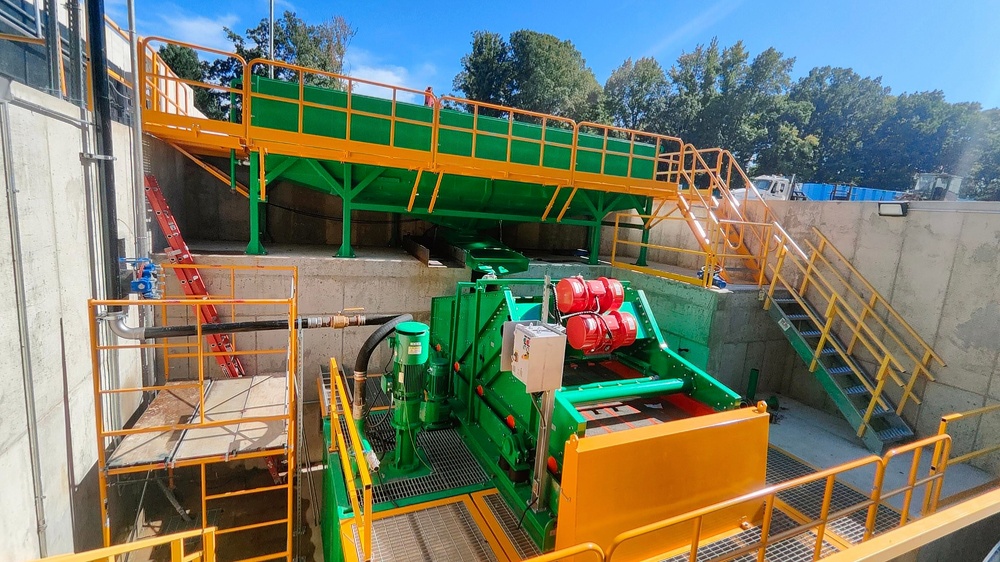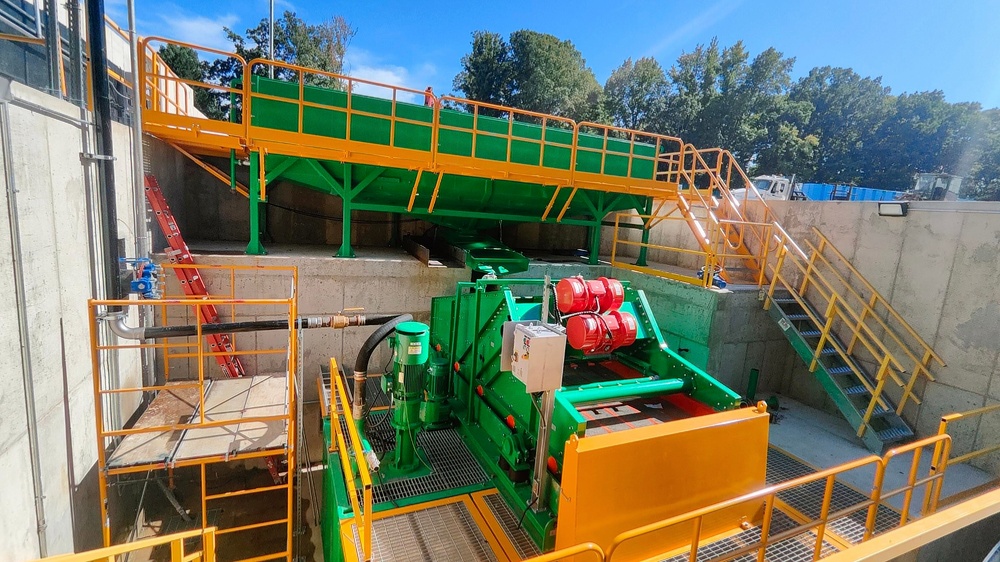
- Details
-
Published: 28 September 2025

In underground construction, Trenchless technology and Vacuum Excavation are two widely used yet very different approaches. While both are designed to minimize surface disruption, they serve different project needs.
Trenchless methods, such as Horizontal Directional Drilling (HDD), are ideal for creating underground passages for pipelines or cables without the need for open trenches. They typically handle large fluid volumes and require complete mud recycling systems to ensure efficient drilling. Equipment such as desanders, desilters, and high-performance centrifuges play a central role in processing drilling fluids.
Vacuum Excavation, on the other hand, is widely applied in utility exposure, daylighting, and sensitive soil removal. Its systems manage smaller flow rates, but the screening process often requires larger surface areas to efficiently separate solids from the slurry. This makes it more focused on precision and safety rather than volume.

Recently, GN Solids Control delivered a complete Vacuum Excavation mud treatment system for a U.S. client. The package included a coarse screening module, fine screening module, desander module, and a large-bowl decanter centrifuge. With nearly two decades of experience, GN continues to expand its solutions to meet diverse client requirements across both trenchless and vacuum excavation industries.
Tags:
Trenchless technology, Vacuum excavation system, GN Solids Control, Mud recycling equipment, HDD drilling fluids management, Difference between trenchless and vacuum excavation, Vacuum excavation slurry treatment system USA project, GN trenchless mud cleaning solutions, HDD drilling mud recycling and centrifuge system, Best desander for trenchless drilling operations, Vacuum excavation vibrating screening equipment, GN centrifuge for slurry dewatering applications, Trenchless drilling fluid desander and desilter, How vacuum excavation manages mud and slurry, GN Solids Control vacuum excavation project case study